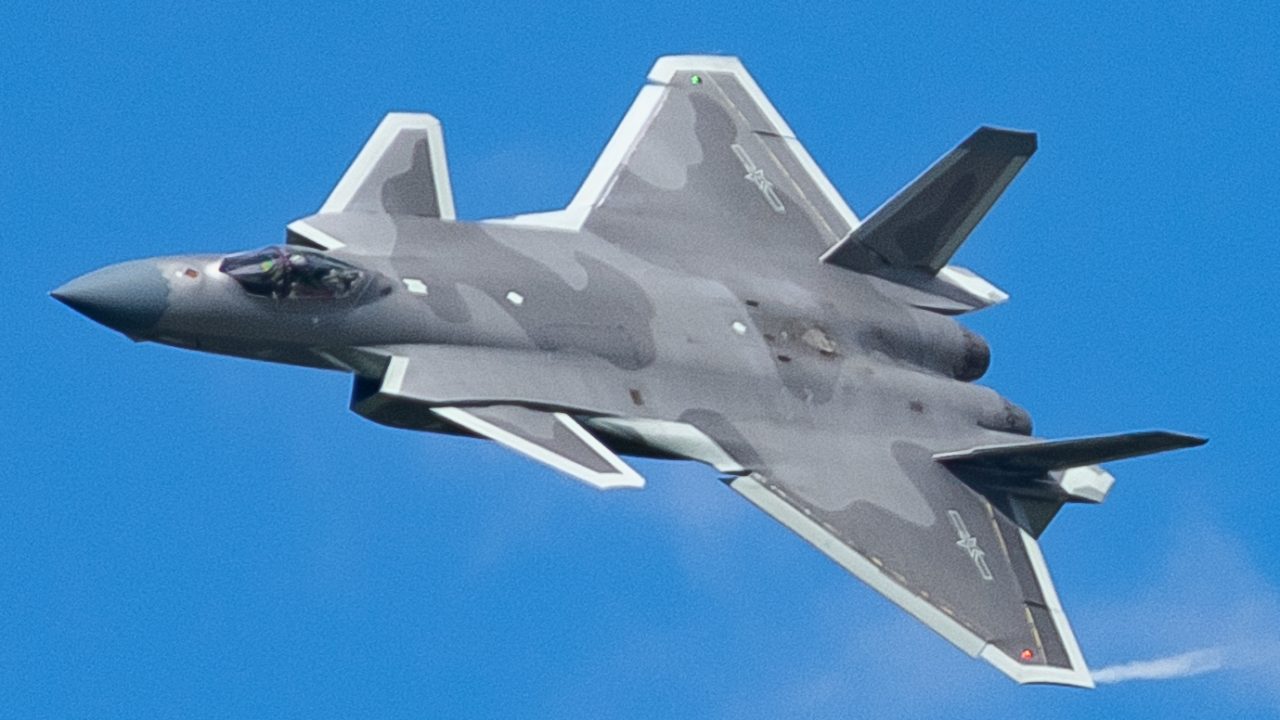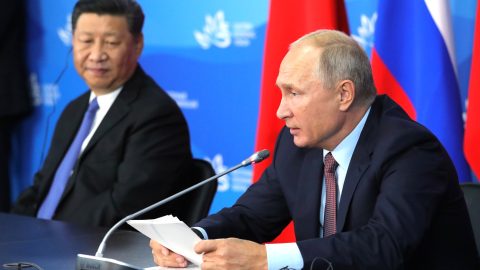The U.S. government seems to be slowly waking up to the fact that it has been failing badly at trying to keep America’s most sensitive technologies out of the hands of China’s military and weapons manufacturers.
The U.S. Department of Commerce announced on September 7 that U.S. chipmakers and tech companies that received federal “CHIPS” funding would not be allowed to build “advanced technology” facilities in China for 10 years. U.S. Commerce Secretary Gina Raimondo told the BBC: “We’re going to be implementing the guardrails to ensure those who receive CHIPS funds cannot compromise national security … they’re not allowed to use this money to invest in China, they can’t develop leading-edge technologies in China … for a period of ten years.”
Raimondo was referring to America’s CHIPS act, a plan to use billions of dollars in government funding to build up the U.S.’s microchip industry.
A few days before the new investment ban, Washington informed U.S. chipmakers Nvidia and AMD they would now need licenses to sell artificial intelligence chips to China, effective immediately.
That new regulation hit the two chipmakers hard, with Nvidia’s shares dropping 6.6% and AMD’s 3.7% in the hours after the announcement. In a U.S. regulatory filing, Nvidia said that around $400 million in sales to China could be affected, “if customers do not want to purchase the company’s alternative product offerings or if the [U.S. government] does not grant licenses in a timely manner or denies licenses to significant customers.”
These moves come a few weeks after the Wall Street Journal published an article on August 16 that showed how easy it was for China to buy large numbers of “sensitive technology” products from the U.S. The report found that a review process led by the U.S. Commerce Department approves almost all requests for licenses to export technology to China.
The news outlet cited trade data that shows U.S. officials required an export license for less than 0.5% of the $125 billion in U.S. exports to China in 2020. Of that less-than-0.5%, the agency approved 94% of all applications to export technologies to China.
The result of this has been that the U.S. has been supplying China with a range of microchips, aerospace components, AI technology and other products. Critics say many of these products are bound to end up in Chinese weapons, satellites, missiles and space stations — all of which are posing an increasing threat to U.S. military capabilities.
The Journal added: “Critics say Commerce officials, by allowing exports of sensitive technology, are improperly giving priority to U.S. commercial interests over national security and that an urgent regulatory revamp is necessary to respond to the threat from Beijing.”
However, others believe it would be pointless for the U.S. to ban its companies from selling tech to China, if other countries are bound to fill the void by selling their own tech to China. The reality is that any plan to cut China off from U.S. high-tech components would have to be fielded in conjunction with high-tech component makers like Germany, Japan and South Korea.
There is no way of stopping the Chinese military from simply taking high-tech U.S. components from Chinese companies and putting them into weapons designed to destroy U.S. warships — weapons like the infamous DF-21D, dubbed the world’s first carrier-killer ballistic missile. In fact, China’s official policy is to erase any barriers between its military and corporate entities.
However, simply stopping such U.S. exports would be meaningless if other countries’ manufacturers can simply fill the void. The U.S. would have to bring on board all nations that produce high-tech components. Luckily these countries are in most cases allies of the U.S. — and as Russia and China drift closer together, countries that fear Russia would have more motivation to join a coalition against a China-Russia coalition.
But even if the U.S. could manage to create a multinational trade coalition to severely limit the number of chips and components China receives, there is still the possibility that China could simply steal the technology by reverse engineering the limited samples it does receive. The disadvantage for China in such a scenario is that it would take them a relatively long time to reverse engineer and mass produce objects as minute and complex as newly released microchips, even though it’s quickly building up its own microchip production capacity.
Those who support the building of a multinational trade coalition against all sensitive-tech exports to Russia and China say the process of building such a coalition would take a long time, so the process should be started immediately. The alternative would be that more and more U.S. components would be used to build Chinese satellites and weapons systems designed to destroy the military assets of America and its allies.
Image: N509FZ – Wikimedia









Leave a Reply